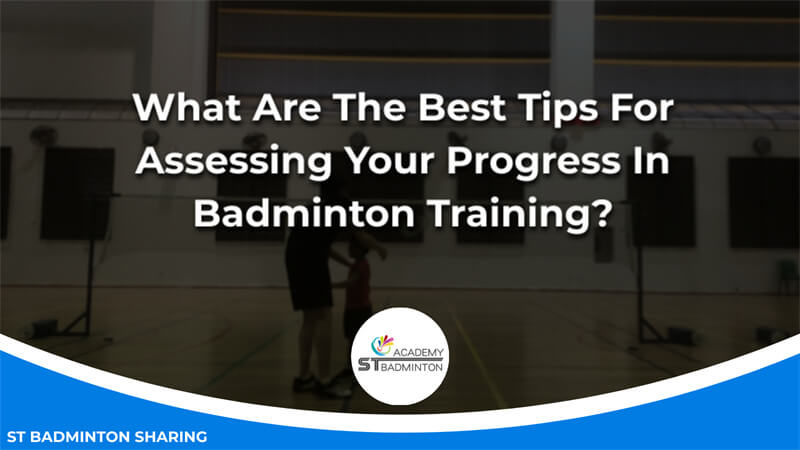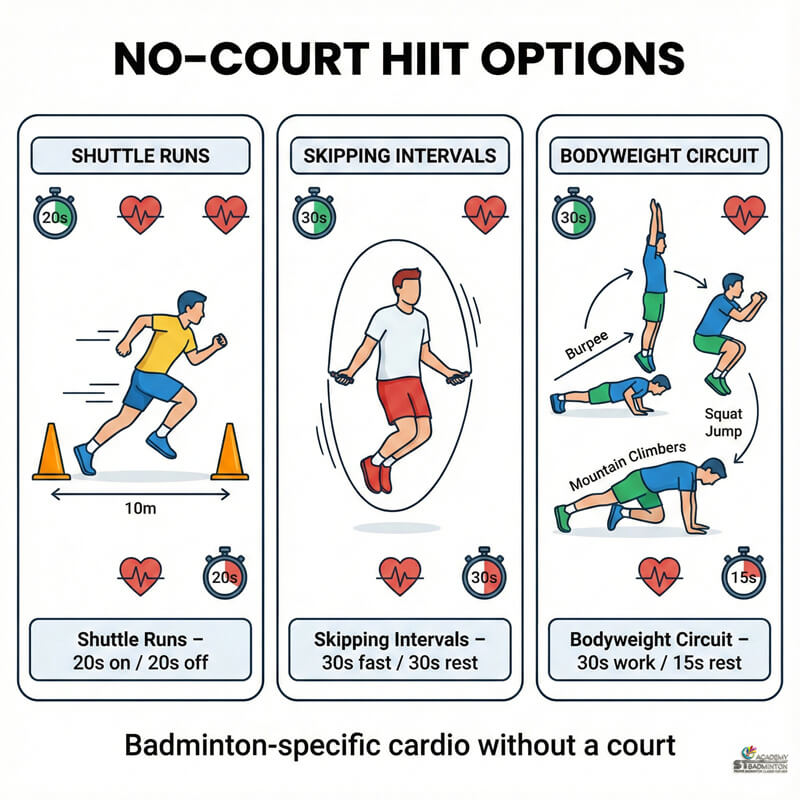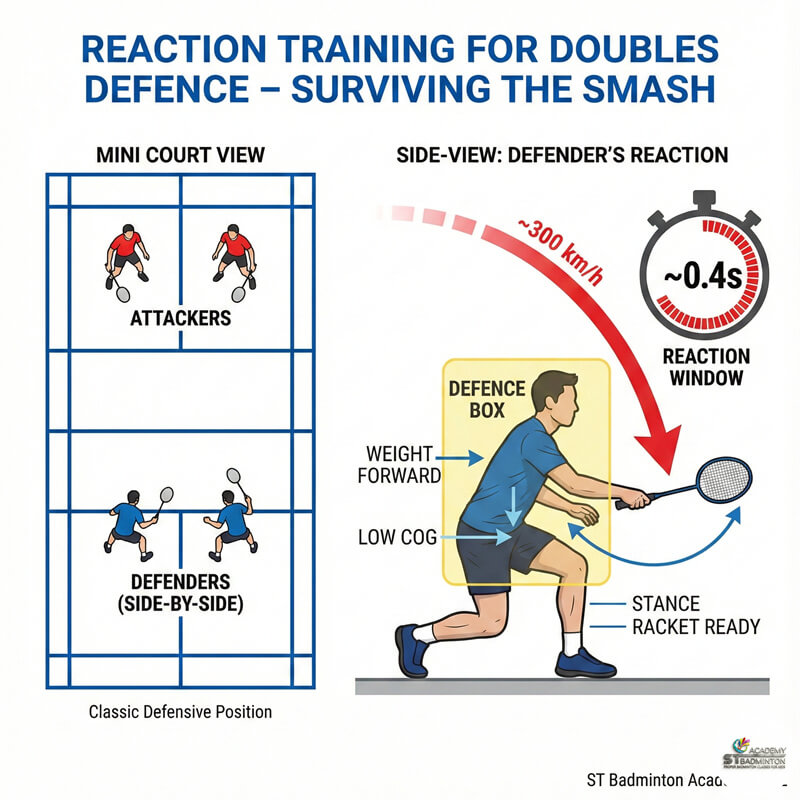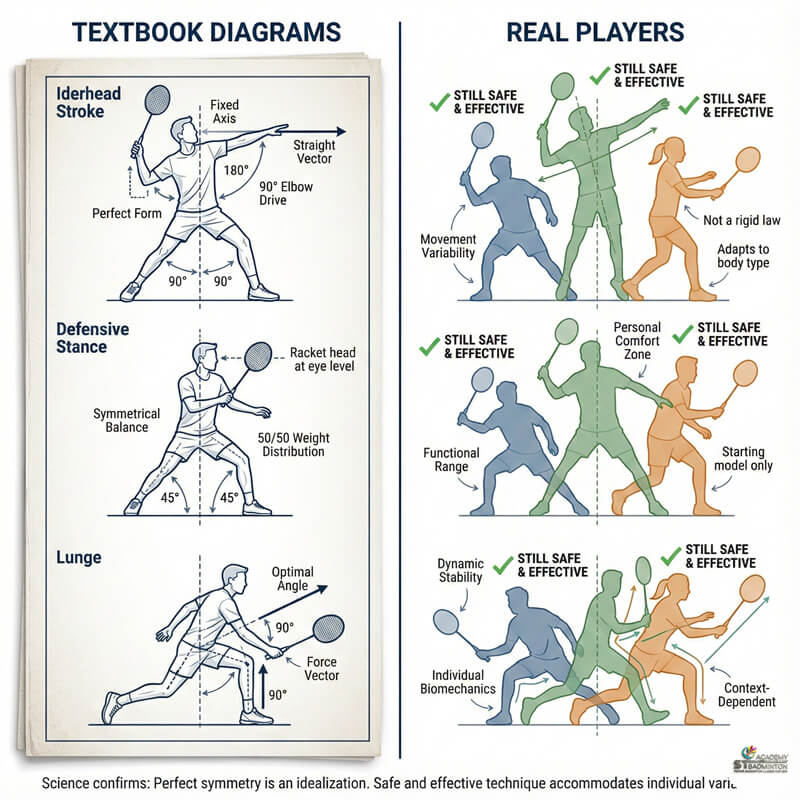Welcome to ST Badminton Academy’s badminton training in Malaysia! As an experienced badminton player, I understand how important it is to track your progress in training. It’s natural to want to know if all of your hard work and effort is paying off – and that’s why assessing your progress is key. In this article, I’m going to share some of my best tips for assessing your progress in badminton training, so you can really maximize the results you’re achieving from every session.
Let me start by saying that evaluating your performance after each practice or match can be extremely beneficial when it comes to improving as a badminton player. Not only will understanding what works well help you develop better habits, but also being able to identify any weak points lets you address them head on. So with that in mind, let’s dive into some top tips for assessing your progress in badminton training…
Set Clear Objectives
When it comes to assessing your progress in badminton training, setting clear objectives is essential. It’s important to track goals and be able to measure improvement over time. To get the most out of your practice sessions, you should have a plan for what strategies you want to test and how to evaluate their effectiveness. This can help ensure that your efforts are focused on achieving measurable results.
Recording your progress is key when trying to assess whether or not you’re making improvements in badminton training. Taking notes after each session allows you to look back and see which techniques were effective and where there may be room for improvement. By keeping records of when and how often you practiced certain skills, as well as any feedback from coaches or peers, you’ll be better equipped to make adjustments if needed.
Analyzing data such as match stats can also provide valuable insight into areas where more work may be necessary. Keeping tabs on things like accuracy rates, serve speed, footwork speed, reaction times and other metrics will help identify specific weaknesses so that targeted drills can be incorporated into future workouts. With this information at hand, it becomes much easier to identify patterns and adjust accordingly. Now let’s move on to examining ways of tracking long-term growth…
Record Your Progress
Setting clear objectives is the first step in assessing your progress with badminton training. Once you have a goal set, it’s time to hit the court and start tracking your wins. Whether you’re playing singles or doubles, keeping a record of every match will help you assess your technique as well as identify areas for improvement.
To get an accurate representation of how far you’ve come since starting badminton training, use a scoring system that not only tracks wins and losses but also takes into account mistakes made during each game. This way, even if you end up losing the match, you can still take something away from it by analyzing what went wrong and working towards improving those aspects next time around. Additionally, recording scores after each point can give you insight into which parts of your strategy are effective and which ones need tweaking.
Analyzing your strengths and weaknesses is key when trying to figure out where your skill level stands compared to others who may be at a more advanced stage in their development. After all, practice makes perfect! Understanding exactly what needs work gives you a clearer path forward; whether it’s focusing on footwork drills or fine-tuning your serve accuracy, pinpointing specific areas for growth allows for targeted practice sessions that maximize efficiency while ensuring steady progress towards achieving goals both big and small.
Analyze Your Strengths And Weaknesses
It’s important to assess your progress in badminton training for a variety of reasons, but most importantly so you can develop an effective strategy for improvement. One way to do this is to quantify results and compare performance records over time. This will help you recognize any areas where your progress has been stagnant or slow and make changes accordingly. Additionally, tracking the number of wins versus losses when playing opponents with different skill levels can also be beneficial.
It’ll allow you to gauge which players are giving you the greatest challenge and how well you’re doing compared to them. Lastly, comparing yourself against national averages can provide insight into where specifically you need more work – if there’s a large disparity between your scores and the average scores then that could indicate something needs to change within your training routine. From here we can move on to taking advantage of technology as a tool for improving our technique and honing our skills further.
Take Advantage Of Technology
As a badminton training expert, I highly recommend taking advantage of technology to assess your progress. By utilizing track results and practice drills, you can easily view how far you’ve come in terms of skill level and technique. Tracking your progress will give you an idea of what areas need more focus and where there is room for improvement.
By tracking results from each practice drill, it’s possible to get an accurate snapshot of your current performance levels. You’ll be able to see which skills are the strongest or weakest – allowing you to adjust the intensity and complexity of each drill accordingly. This way, you’re always challenging yourself at the right level while still making improvements as needed.
Using this data-driven approach also allows for long-term planning so that no area goes neglected for too long. After all, consistent effort over time leads to gradual but lasting changes in overall ability! With this mindset, we can now move on to the next step: make use of video analysis to further refine our game.
Make Use Of Video Analysis
To take your badminton training to the next level, you need to make use of video analysis. Having a visual record of your performance can be a game-changer for assessing progress and improving your technique. Here are some tips for making the most out of this powerful tool:
| Tips for Effective Video Analysis in Badminton Training | Description |
|---|---|
| Analyze from Different Angles | Analyze yourself from different angles – This gives insight into how well you are executing sport-specific drills as well as any weak points in your form that need improvement. |
| Observe with an Unbiased Eye | Observe with an unbiased eye – Watching footage without preconceived expectations allows you to identify areas where extra practice is needed without being influenced by emotional reactions or mental preparation issues. |
| Focus on Key Moments in Each Rally | Focus on key moments in each rally – Look at when mistakes happen and analyze why they occurred. Breaking down these scenarios helps hone your decision-making process, which will lead to better results overall. |
Using video analysis effectively requires dedication and patience but it is worth the effort if you want to become a better badminton player!
Get Professional Feedback
As a badminton training expert, one of the best tips for assessing your progress is to measure your performance and review any mistakes. To do this efficiently, I recommend using a table to track and evaluate your practices over time. This way you can easily identify areas that need improvement or strategies that are paying off.
Below is an example of a 2 column 4 row table in markdown format:
| Date | Notes |
|---|---|
| Day1 | Hit forehand drive shots well |
| Day2 | Struggled with backhand smashes |
| Day3 | Served accurately 10 times |
| Day4 | Defended against drop shots well |
By tracking these notes about each practice session, you can gain valuable insight into how far you have come as well as where you still need work. Asking yourself questions such as ‘What worked?’ and ‘What didn’t go so well?’ will help provide clarity on your path forward and keep you motivated along the way. Taking actionable steps based on what you learn will ensure steady growth in every aspect of your game. Investing in coaching is another great way to assess your progress and take it to the next level.
Invest In Coaching
My experience as a badminton training expert has taught me that the best way to assess your progress is to invest in coaching. Nothing can replace having an experienced trainer guide you through the game and evaluate your skills, giving advice on how to improve them. It’s like having a personal cheerleader pushing you toward success! To really make strides in improving your badminton technique and stamina, here are four essential steps:
1) Learn from the pros – Find out what techniques professional players use, then practice these yourself. This will give you great insight into better ways of playing and help develop your own style.
2) Schedule regular drills – Make sure that every session includes specific exercises designed to increase agility, endurance, and power. Focus on building up strength while also developing accuracy with each stroke.
3) Get feedback – Ask for constructive criticism from coaches or other advanced players who can provide valuable tips on areas where improvement is needed. Listening to their opinions will help pinpoint weaknesses and motivate you to work harder at mastering certain techniques.
By investing in coaching, you’ll be able to accurately measure your progress over time by observing changes in skill level, physical condition, and mental attitude towards the sport. In order to get the most out of your training sessions it’s important to monitor your overall fitness levels too; this means tracking diet, sleep patterns, and lifestyle habits which all contribute significantly towards successful badminton performance.
Monitor Your Overall Fitness
Monitoring your overall fitness is a key factor in assessing your progress with badminton training. It’s important to keep track of both physical and mental health when trying to improve your game.
First, you need to make sure that you are eating well by establishing a dietary planning program for yourself. Eating the right foods will help ensure that you have enough energy and stamina throughout practice sessions and competitions. Another essential aspect of monitoring fitness is making sure that you are mentally prepared for matches.
Taking time before each match to stretch out, meditate or do whatever helps you get into the zone can be beneficial in ensuring success on the court.
Finally, it’s important to set realistic goals throughout your journey so that you know where you stand at all times and how far along you are in achieving them. This will help motivate and encourage you as progress towards becoming an even better badminton player!
Frequently Asked Questions

What Type Of Badminton Training Should I Focus On?
Are you looking to focus on the right badminton training? Power drills and aerobic exercise are two essential components of any good training program. For maximum results, it’s important to make sure that both types of exercises are properly balanced in your routine.
As a badminton training expert, I suggest building up your power through intense drills while also focusing on improving your endurance with aerobic exercise. With this combination of activities, you’ll be well-prepared for success!
What Is The Best Way To Fit Badminton Training Into My Daily Routine?
If you’re looking for the best way to fit badminton training into your daily routine, it’s important to set realistic goals and track your progress. Prioritizing badminton practice can be difficult with a busy schedule but setting aside dedicated time each day is key.
Start by writing out what you want to accomplish in each session, then break those down into smaller tasks that will get you closer to reaching the bigger goal. Tracking your progress gives you an idea of how much further you need to go and allows you adjust accordingly if needed.
How Much Time Should I Dedicate To Badminton Training?
Are you wondering how much time to dedicate to badminton training? It depends on your goals and the amount of effort you’re willing to put in. A good rule of thumb is to record your progress, track your goals, practice technique drills regularly, and use visualization exercises to stay motivated. All of these will help you assess your progress as a badminton player, so take the time to do them if you want to improve!
How Can I Improve My Badminton Skills More Quickly?
If you want to improve your badminton skills quickly, then technique drills and focus are essential. You’ll need discipline too, as it’s important to stick with the program even when things don’t seem to be going right.
Drills should target weak areas specifically, while also focusing on improving overall gameplay. This requires a consistent practice routine that includes both solo work and partnered play. It may take some time before you see results, but if you stay focused and disciplined during training, you can start seeing improvement in no time!
What Equipment Do I Need For Effective Badminton Training?
Are you ready to reach new heights in your badminton training? Believe it or not, all you need is the right equipment! With a few essential practice drills and skill development tools, you’ll be smashing shuttlecocks like never before – almost as if they were made of feathers!
When it comes to effective badminton training, there are some must-have items everyone should have.
From rackets to nets and even light shuttles for beginners, having the proper gear can make all the difference when it comes to mastering this sport. Other than choosing a good racket and also remember to choose the best racket restring in Malaysia. So what are you waiting for? Make sure your bag is packed with these essentials and get ready to improve your skills more quickly than ever before!
Assessing Progress In Badminton Training Malaysia
Assessing your progress in badminton training is an important part of the journey to becoming a successful player. It’s essential that you take time to review what has been achieved and make adjustments where necessary. By following these tips, you can ensure that your badminton training regimen is tailored to meet your specific needs and goals.
Remember, practice makes perfect! You’ll need to be patient with yourself when assessing your progress and recognize that sometimes it takes hard work and dedication before real improvements are noticed. With commitment, perseverance, and dedication, you will eventually achieve success on the court and enjoy all the benefits that come along with it!





